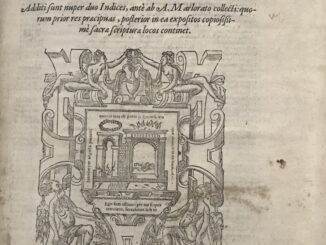Mark McKillion, Ulster University MA History graduate and volunteer for the Library in 2022, carried out research on Benjamin Franklin’s Experiments and observations on electricity, made at Philadelphia in America … (1769) (object ID P001405647).
This book was adopted for £250, in support of the work of the Library, caring for our wonderful collections, and inspiring present and future generations!
Michal McMahon states that Benjamin Franklin could be perceived as one of the more idiosyncratic members of the Founding Fathers of the United States, as whereas most of his peers including George Washington, Thomas Jefferson, and John Adams would be known for their roles as the nation’s first three Presidents, Franklin was more of a “natural experimentalist” who could utilise his skills as a scientist to help contribute to America’s industrial development.[1]
Indeed, Franklin had expressed a particular interest in researching the properties of electricity by working from his hypothesis that normal matter is electrically neutral due to containing both equal and opposite amounts of electric charge, and therefore conduct experiments on how to control the flow of electric currents, as he attests to the “wonderful effects of pointed bodies, both in drawing off and throwing off the electrical fire.”[2]
Franklin begins Experiments and Observations on Electricity with a series of letters addressed to Peter Collinson, in which he personally thanks him for providing him with the equipment needed to carry out the experiments, declaring that he “never was before engaged in any study that so totally engrossed my attention and my time.”[3]
Throughout his studies, Franklin would eventually conclude that lightning and electricity were nearly wholly identical, and therefore warranted the development of the lightning rod, as he reasoned that “the knowledge of this power of points [could] be of use to mankind, in preserving houses, churches, ships from the stroke of lightning” by implementing metal extensions to attract the lightning currents.
This in turn led to the famous tale of Franklin flying a kite fitted with iron rods as part of his experiments in June 1752, which Joseph Priestly describes as “the greatest [discovery] that has been made in the whole compass of philosophy, since the time of Sir Isaac Newton.”[4]




